To prune, or not to prune? That may be the question for most beginners. But pruning your vegetables and herbs will keep them growing well. Removing the extra growth, leaves, and flowers off the plants signals them to keep growing. Pruning helps in keeping your garden in good shape and getting more harvest from plants. If you haven't used your pruning skills yet, then this guide will help you gain knowledge to keep your food garden in great shape.
Pinching and pruning. Is it the same?

Before we begin, let's understand some basic terminologies. Pruning and pinching are essentially the same. The major difference between the two is the method of removing extra growth. Pinching is done with hands when the growth is tender. On the other hand, pruning employs the use of scissors or pruners to trim the parts of the pants that cannot be removed with hands.
Benefits of pruning

Proper growth
A plant generally becomes oversized as it grows fully. It will use up more than the desired space in your gardens. It can overshadow other plants in your gardens and use up their resources. Regular pruning will help you keep the plant growing in a specific way without hampering the growth of other plants.
Increase in yield
Gardeners experience higher yields during harvesting. Pruning unwanted parts of the plant increases its ability to grow more vegetables and increases the yield.
Improves plant's health
Removing dead parts of the plant prevents other healthy parts from becoming infected. Regular pruning helps you detect diseases in the early stages and prevents the other parts of the plant from getting infected.
Improves light and airflow
Too many overcharging branches can hamper the growth of plants and make it hard for them to breathe. Regular pruning enhances the flow of air and sunlight.
Tools for pruning

If you're planning to prune an underdeveloped plant, you may only need your hands or thinning shears. However, if the plant is too big for your fingers, then the right tool will help you keep your garden healthy and fresh. Here is the list of tools to pick from:
Hand pruners

These are generally used for thinning stems and tiny parts of the plants. It can be used on parts of the plants that are less than ½ inch in diameter.
Scissors

Scissors can be used to trim medium-sized stems and thick roots. Any regular scissors can be used to prune your plants.
Thinning shears

Lookalike of small scissors, thinning shears are used to cut delicate plants, vegetables, herbs or flowers. The blades are short but allow you to make a neat snip.
Loppers

Loppers are great for trimming branches that are 2 ½ inches thick. The blades of the tool are thicker which makes it ideal for pruning thicker parts of the plants.
Pruning Vegetables

There are selective vegetables that require pruning and benefit from it. Generally, vegetables like tomatoes, squash, bell peppers, cucumbers, etc, benefit from pruning. Regardless of the plant you are picking, start by pruning from the bottom to allow more airflow from down. The key to pruning vegetable plants is to trim the crowded leaves and diseased areas if any. However, ensuring that you don't trim too much of the foliage is important. The foliage protects the plant from excessive heat.
The ideal time to prune your plants is early in the day when it is bright and dry. It gives recovery time to your plants and allows them to heal properly. The best time to prune your vegetable plant is before the harvesting season.
If the vegetable plant has matured and is oversized, then you can use shear to any other pruning tool to get a cleaner cut. Prune the sprouts that appear in your vegetable garden through different growing seasons. This will boost the chances of the vegetable reaching full maturity as it won't have to compete with the tiny parts of the plant.
Pruning Herbs

Pruning herbs is simpler and can be done with your fingers. Pinching is a great pruning technique for keeping herbs in shape. Remove yellow leaves and diseased parts of the plant with your fingers. All herbs, tender or woody, should be pruned when they are dry after the morning dew evaporates. Remove the smaller shoots called suckers as they can hamper the growth of herbs.
Here are some extra tips for perfecting your pruning skills:
- Use clean tools to prune your plants as the disease of one plant can pass on to the other.
- Leaving a stub of the stem or branch can promote growth.
- Remove the dying leaves regularly to prevent diseases.
- Don't prune more than 1/3 of your plant. It can make the plant less productive.
Grab non-GMO, high-quality seeds from AllThatGrows and get growing!


 Sign In
Sign In



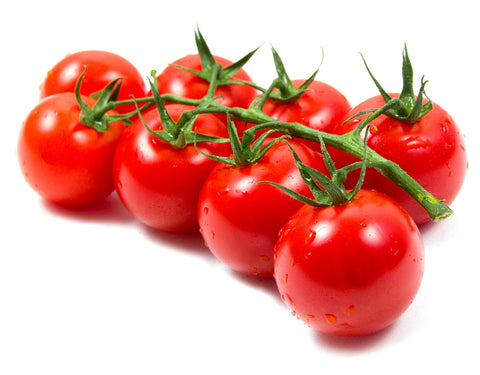
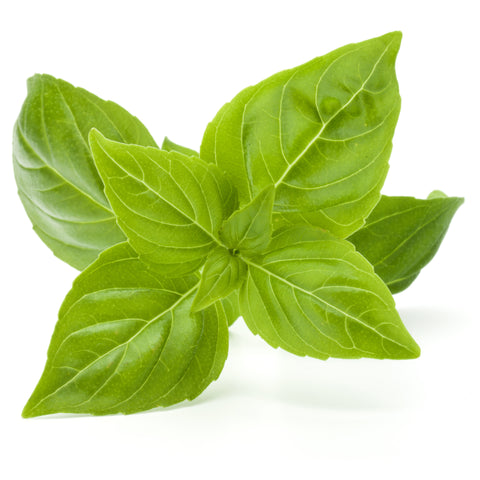
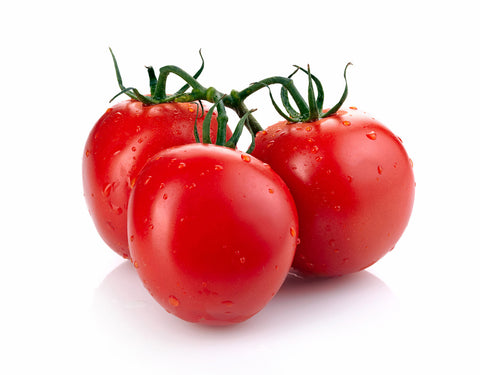
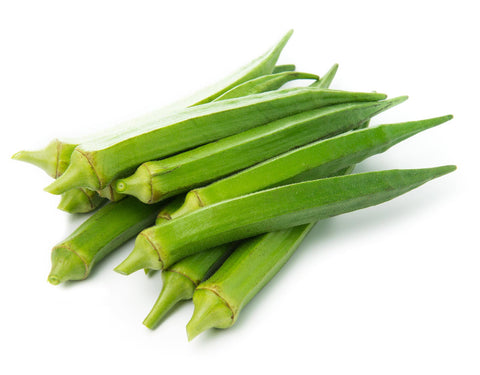
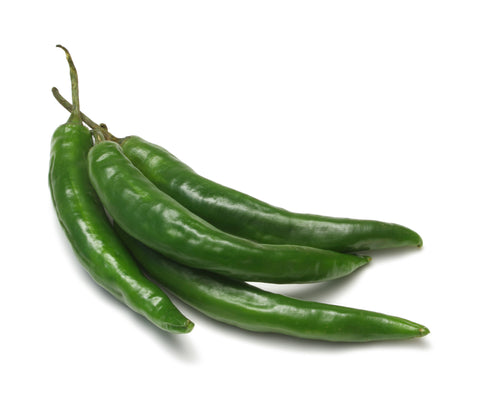

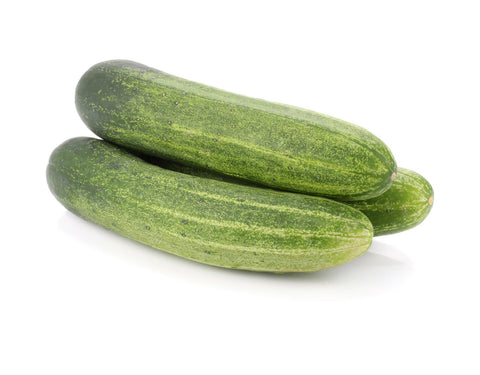
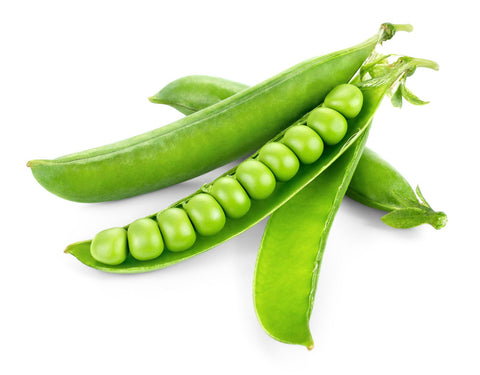
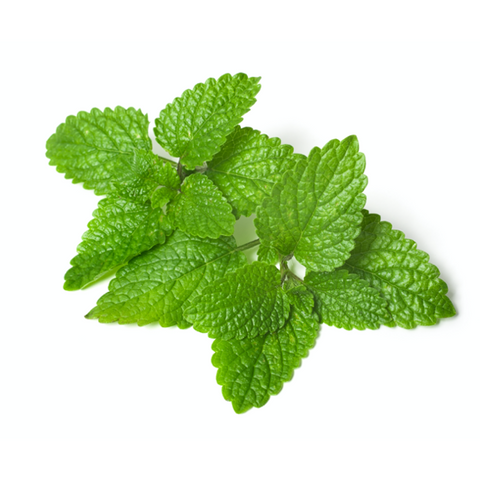
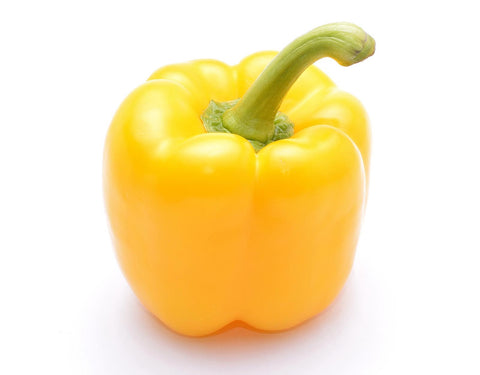
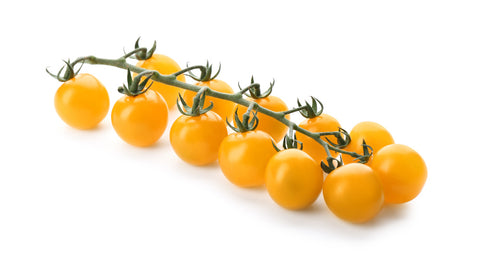







Let us know your feedback
* Comments must be approved before being displayed.